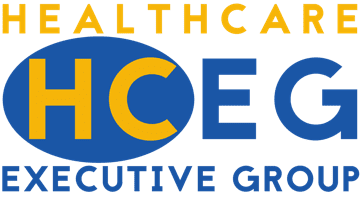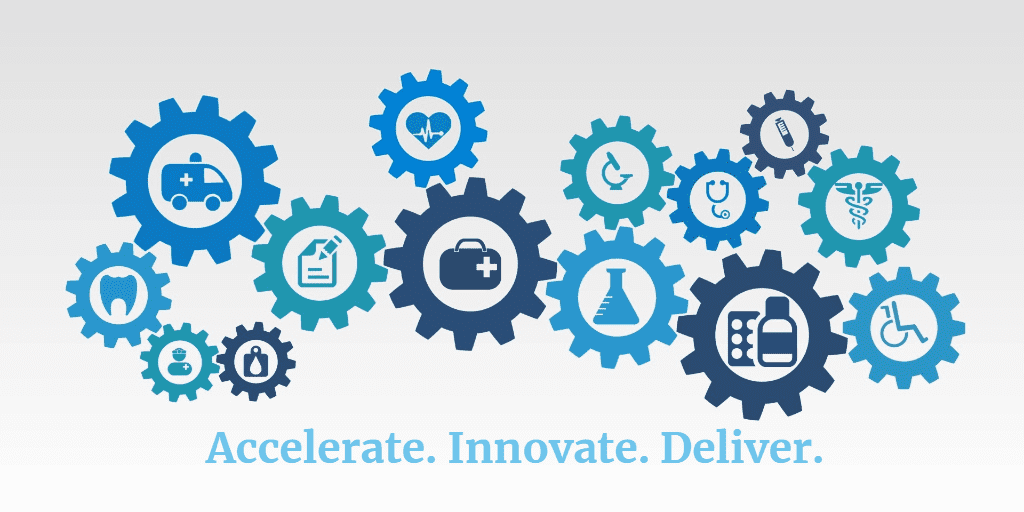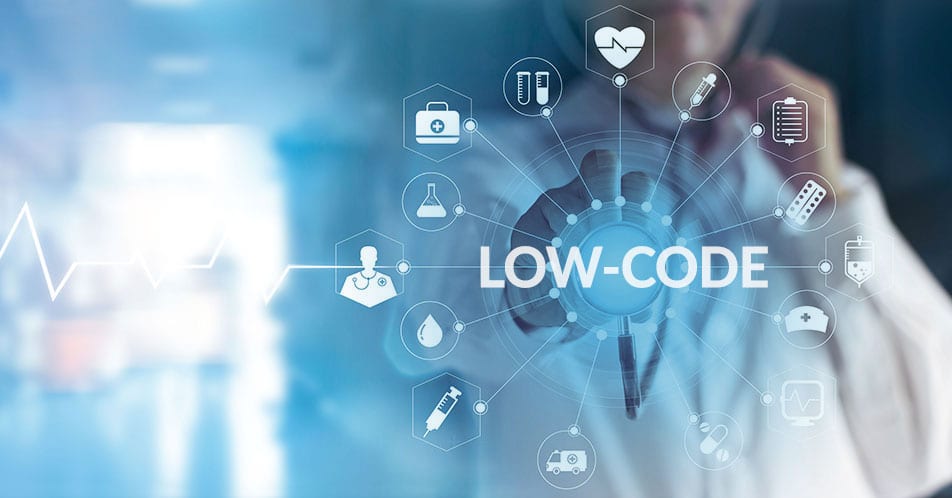
Health plan members and health system patients have become more vocal in their demands for clarity and measurable value from their healthcare services. Members see ever-increasing costs and continued transfer of those costs from employers to their employees. New direct to consumer entrants are changing the interaction paradigm. All of these factors are driving healthcare payers toward new ways of engaging with their members and providers.
HIMSS President and CEO Hal Wolf states, “Consumer pressure is driving a disruptive technology-enabled shift in healthcare today.” Accordingly, healthcare organizations and the companies supporting them are looking for ways to deliver their promise of value. This requires a better understanding of individual consumer preferences, better care coordinating, and better delivery across a broad health ecosystem.
New Generations of Healthcare Consumers are Demanding New Healthcare Services & Delivery Channels
In addition, digital generations—Millennials and Gen Z —are increasingly unsatisfied with how they obtain their healthcare services. Recent Accenture research1 found that one-third of millennials and almost half of Gen Z say they don’t have a primary care physician—compared to just 16% of baby boomers. Millennials are shifting the historical relationship between physician and patient to virtual, retail clinics and digital self-service.
Enabling Total Consumer Health and Improving Operational Effectiveness
The HealthCare Executive Group Top 10 list of challenges, issues, and opportunities facing healthcare leaders in 2019 and 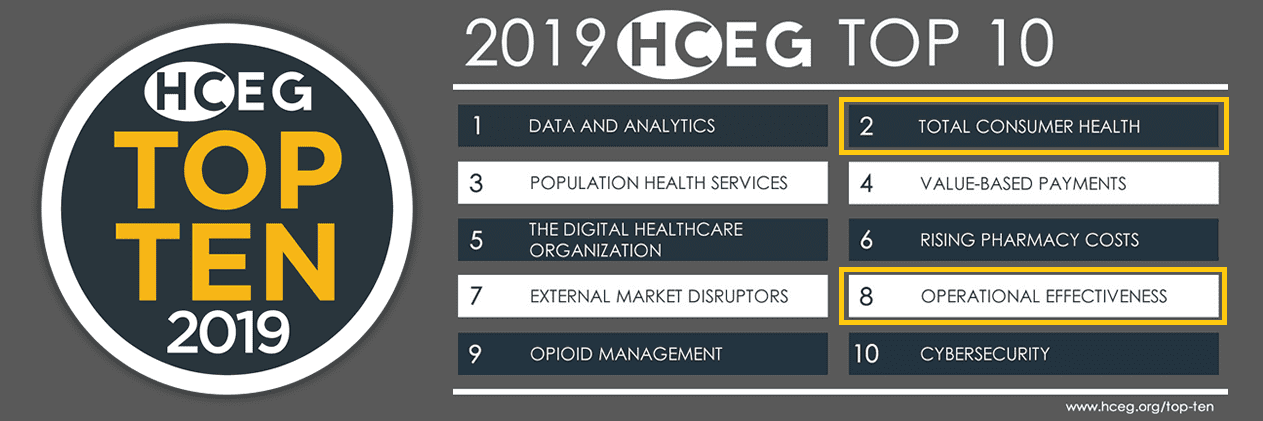
It’s clear that healthcare organizations must rapidly develop services and products that engage healthcare consumers and help their organizations stay one step ahead of these major shifts in healthcare consumer preferences.
Address Changing Needs with Low-Code Application Development Platforms
Leadership charged with delivering healthcare products and services must address the changing needs of healthcare consumers in an agile, cost-effective way. Forward-thinking healthcare organizations are using low-code development platforms to digitally transform their organizations and efficiently respond to patient engagement opportunities.
What is a Low-Code Development Platform?
A low-code development platform2 allows you to build enterprise software applications using graphical user interfaces, drag and drop assembly and configuration. With low-code tools, you don’t write the application in traditional software code—you draw it like a flow chart. This greatly accelerates application development by orders of magnitude for both professional programmers and non-technical “citizen developers.”
Low-Code Platforms Enable Innovation, Accelerate Delivery and Improve Agility
Low-code platforms can help build applications that consolidate data, automate key processes, and enable mobile innovation. Instead of changing business operations to match the way commercial off-the-shelf (COTS) software works, companies can use to align their software systems with their business needs.
Low-Code Platforms Offer a Range of Benefits
- Usability beyond software developers, easing the burden on IT
- Extended existing applications and data across new channels and devices
- Reduced IT sprawl, minimizing maintenance and related expenses
- Flexibility to build new solutions using technology already owned
- A fast and simple way to create powerful software
Key Features of High-Quality Low-Code Tools
While considering how your healthcare organization might speed up its digital transformation initiatives, keep in mind the key features of high-quality low-code tools include:
- A single interface that ties together disparate systems so you can work no matter where data is stored
- Enhanced security through a HIPAA compliant cloud
- An API to allow drag-and-drop design to build your app once, then easily deploy to any device
- Easy automation across people, robots, and machines
Areas Where Low-Code Platforms Can Quickly Add Value
No single commercial-off-the-shelf (COTS) software system can address all the member- and patient-related engagement opportunities that healthcare organizations face—at least not without high expenses and potentially long wait times for vendors to add functionality to their product. In addition, many COTS systems don’t integrate with other COTS and the myriad custom-developed systems healthcare organizations typically have installed.
Low-code development platforms can address many member- and patient-related business and functional needs. Capabilities include:
- Integrating clinical data from providers with financial data from payers
- Maintaining accurate and complete provider directories
- Aggregating data to better coordinate patient services
- Creating member- and patient-facing apps for scheduling services and accessing financial and clinical records
- Providing real-time support for admissions and discharges
- Handling complaints, appeals, and grievances automation
- Managing simple, automated utilization and prior authorizations to ensure members understand what’s covered under their plans
- Understanding out-of-pocket costs prior to obtaining services to help increase member satisfaction
More About Leveraging Low-Code Development Platforms
There are a number of good resources and references on low-code development platforms:
The Best Low-Code Development Platforms for 2019
Low-code platforms: A cheat sheet
What Really Is Low-Code/No-Code Development?
The Forrester Wave™: Low-Code Development Platforms
And some use cases and case studies on using low-code development tools to enhance member and patient engagement:
Member Services, Enrollment, & Relationship Management
Intelligent Contact Center for Healthcare Organizations
Member Engagement & Wellness for Healthcare Payers
Transform Member & Patient Engagement Using Low-Code Application Development Platforms
The future of healthcare depends upon the ability to quickly adapt and provide quality and convenience for providers, payers, and most importantly, health plan members and health system patients. It takes speed and power to deliver transformational healthcare solutions. Low-code application development platforms provide both – enabling organizations to build web and mobile apps faster, run them on a HIPAA-compliant cloud, and manage complex processes, end-to-end, without limitations.
For more information on how to address opportunities, challenges, and issues in today’s rapidly transforming healthcare environment, consider subscribing to our eNewsletter and checking out the products and services offered by our sponsor partners – including Appian, a leading provider of low-code application development platforms.
